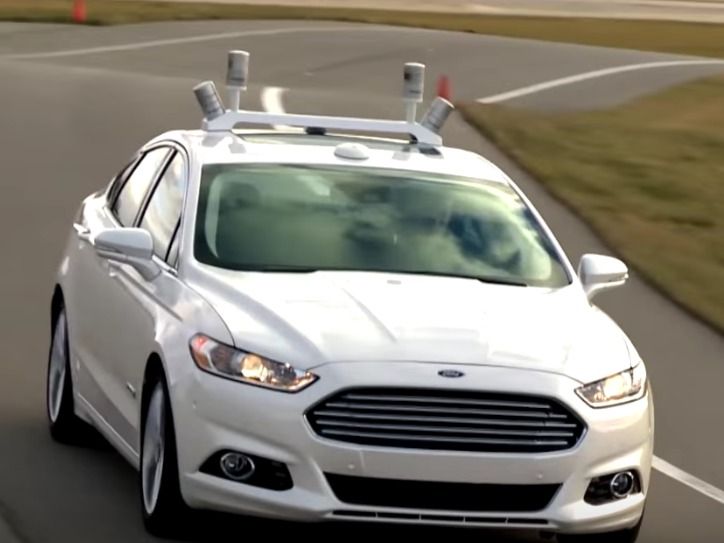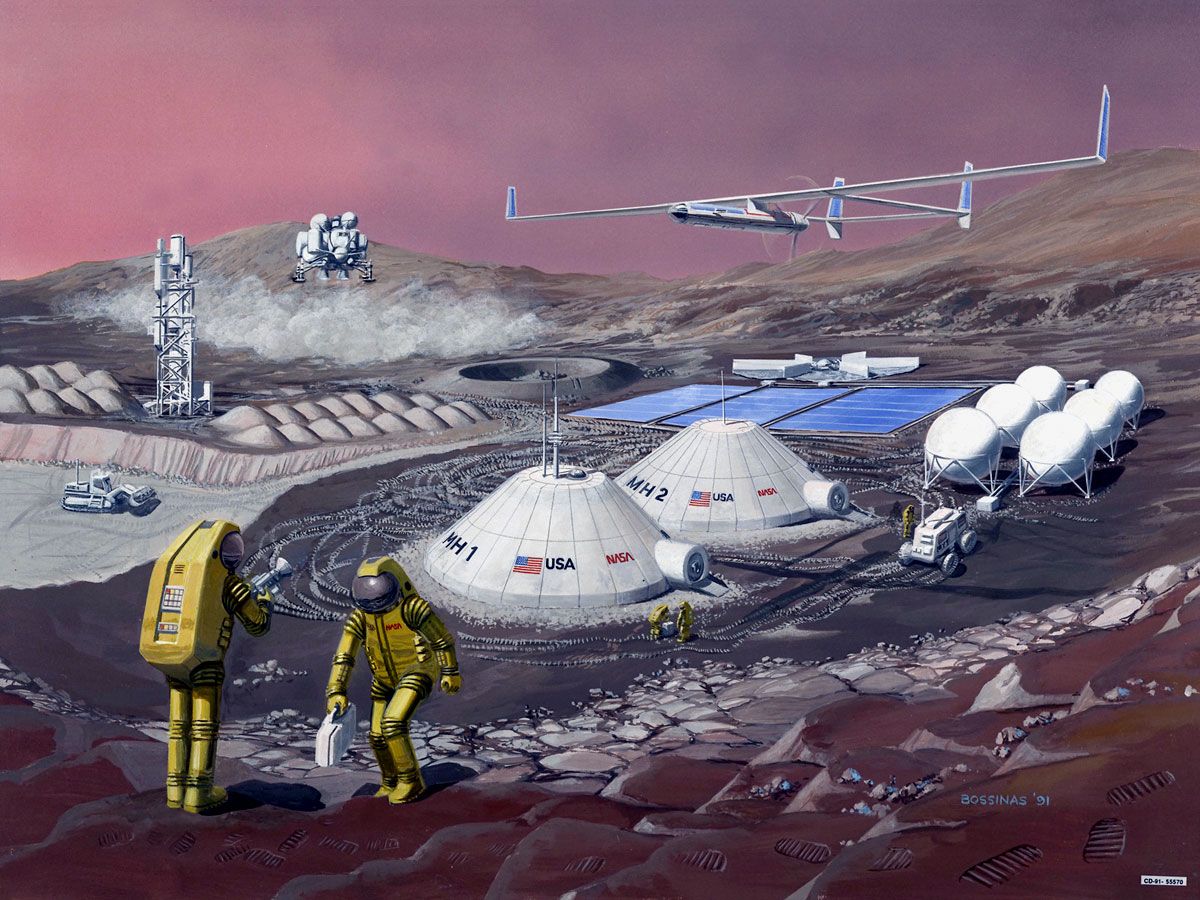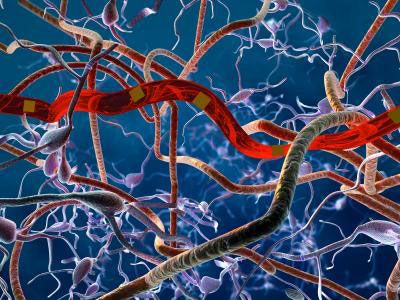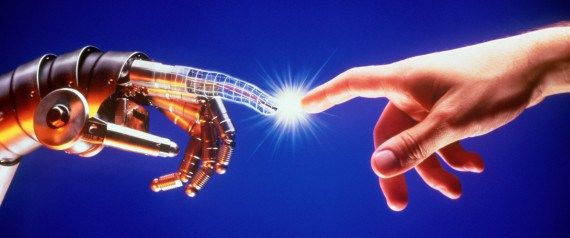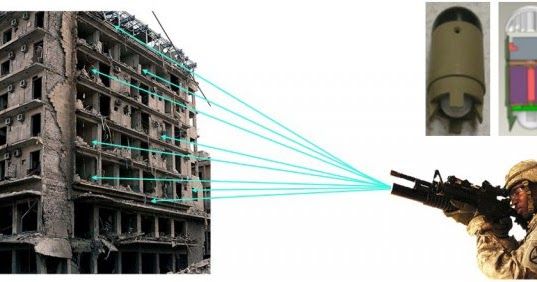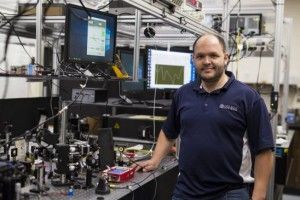Feb 21, 2017
3D printing houses on Mars with NASA and the University of Central Florida
Posted by Klaus Baldauf in categories: 3D printing, engineering, habitats, space
NASA has enlisted a professor from the University of Central Florida (UCF) in order to find a way of 3D printing structures on Mars.
Pegasus Professor Sudipta Seal, interim chair of UCF’s Materials Science and Engineering program is looking at how metals can be extracted from Martian soil. Speaking about the project, Seal said,
It’s essentially using additive-manufacturing techniques to make constructible blocks. UCF is collaborating with NASA to understand the science behind it.
Continue reading “3D printing houses on Mars with NASA and the University of Central Florida” »


